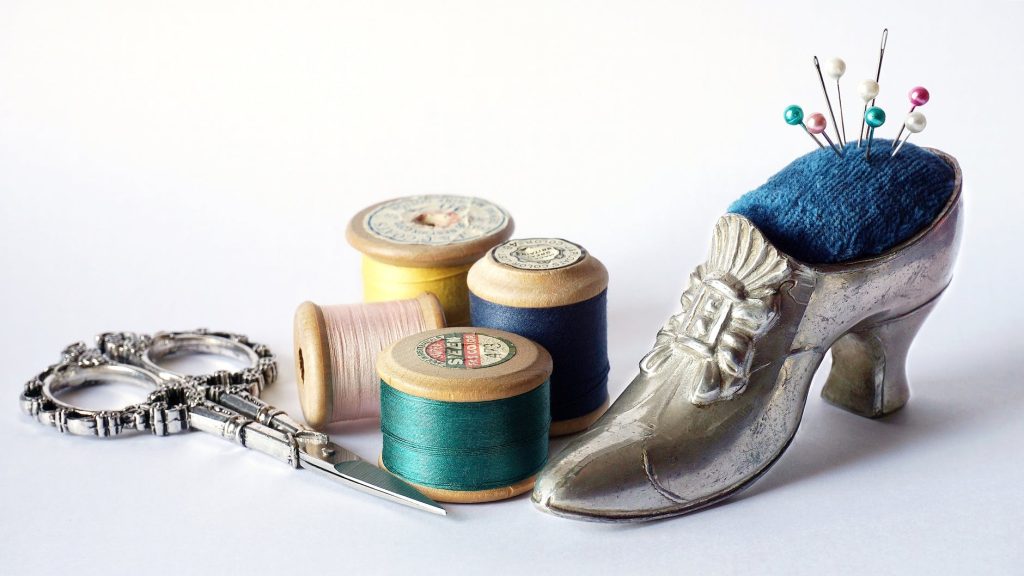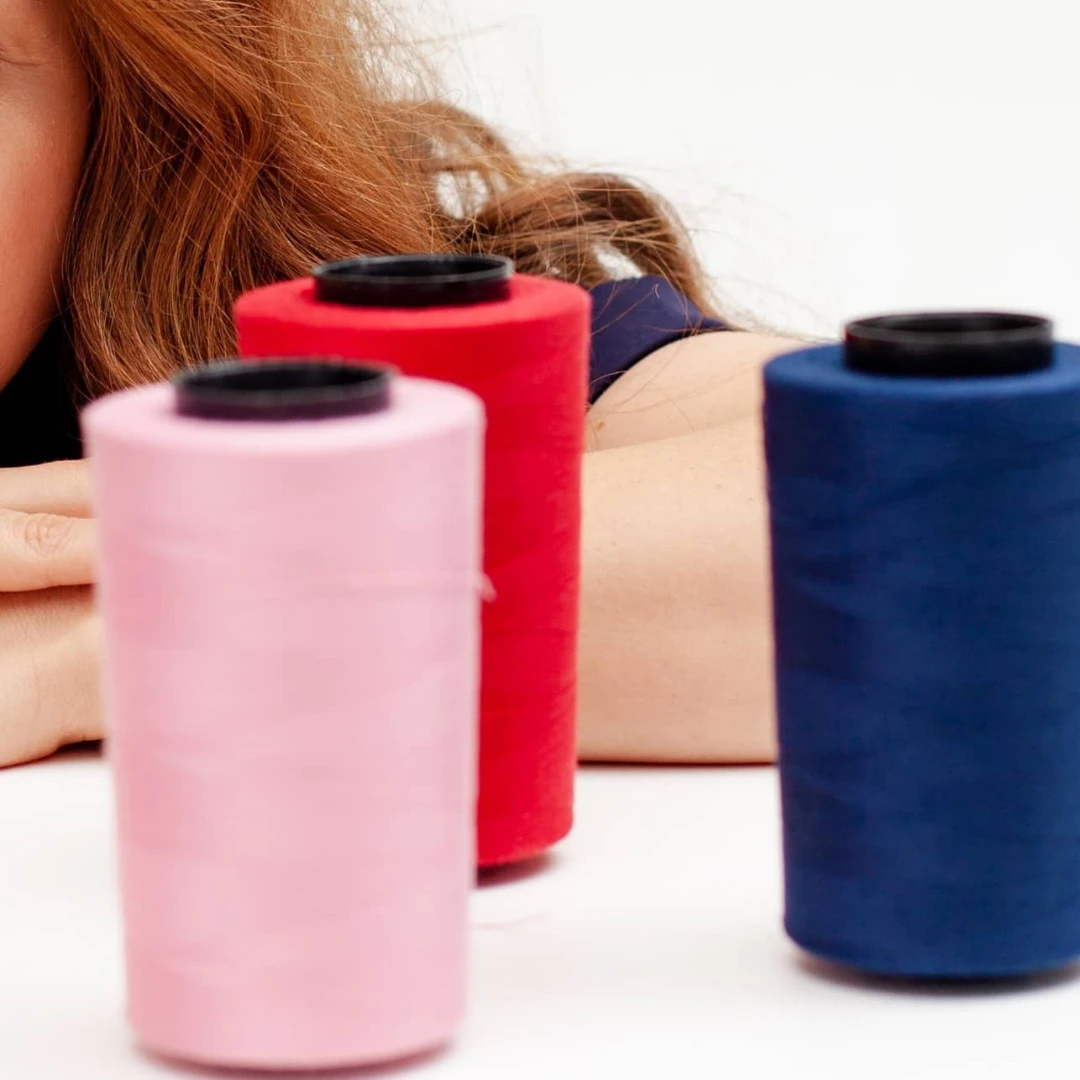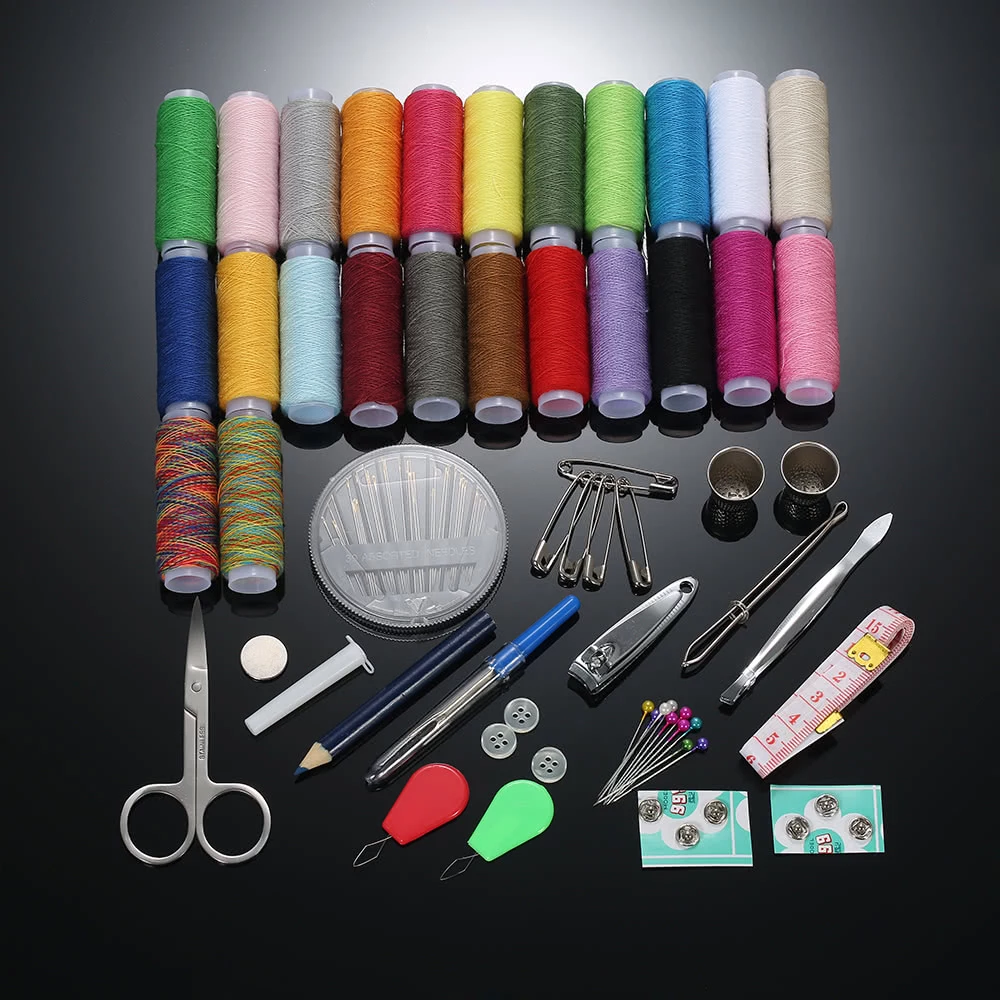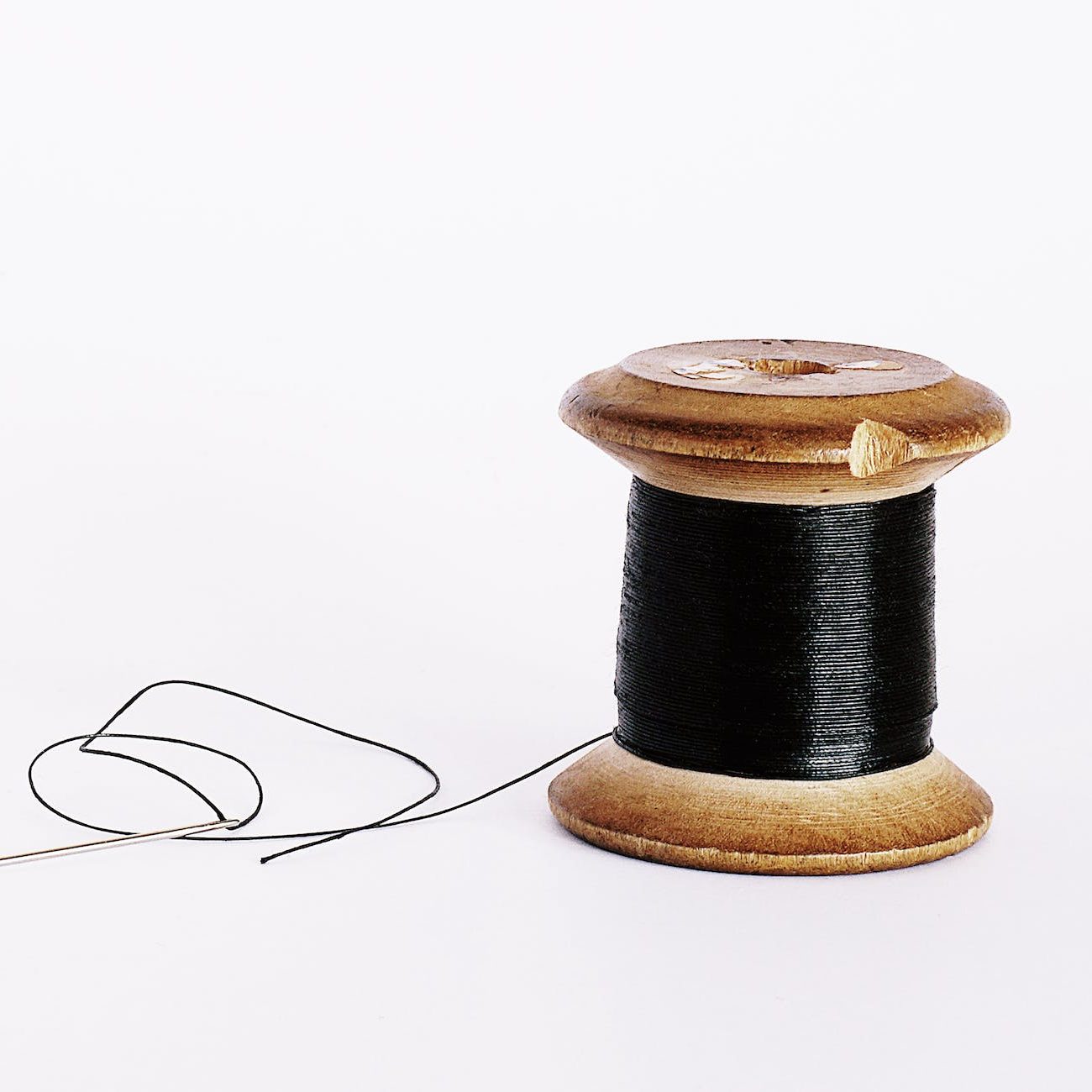Sewing is a fantastic hobby that offers endless creative opportunities, but it’s important to prioritize safety from the very start. Whether you’re new to sewing or an experienced stitcher, it’s never too late to brush up on the basics. Here are 14 essential safety tips for beginner sewers:
1. Invest in a Good-Quality Sewing Machine
A high-quality sewing machine will not only make your stitching smoother and more accurate, but it will also come with built-in safety features, such as automatic needle threading and adjustable presser feet.
2. Read the Instruction Manual Before you start sewing
Make sure you thoroughly read the instruction manual and understand all the different parts of the machine and their functions.
3. Use the Right Needle
Using the right needle for your project is essential for safety. Different fabrics require different types of needles, and using the wrong one can result in broken needles, skipped stitches, and even injury.
4. Keep Your Fingers Away from the Needle
This may seem obvious, but it’s important to keep your fingers away from the needle at all times. Make sure to guide your fabric with your hands, not your fingers.

5. Use a Thimble
If you’re working with thick fabrics, using a thimble can help protect your fingers from the needle.
6. Unplug the Machine When Changing the Needle
Always unplug the machine when changing the needle or making any other adjustments. This helps prevent accidental injury from the needle moving unexpectedly.
7. Store Your Machine Safely
Make sure to store your sewing machine in a safe and secure place when not in use, and cover it with a protective cover to keep it dust-free.
8. Wear Comfortable Clothing
Wearing comfortable clothing while sewing is important, not only for comfort but also to reduce the risk of getting caught in the machine. Loose-fitting clothing and long, flowing sleeves should be avoided.

9. Use a Pincushion
Using a pincushion can help keep your pins organized and prevent accidental pokes and injuries.
10. Keep Scissors and Rotary Cutters Away from Children
Scissors and rotary cutters can be extremely sharp and dangerous, so it’s important to keep them out of reach of children.
11. Use a Seam Ripper Instead of Scissors
If you need to remove a stitch, use a seam ripper instead of scissors. This will help prevent accidental cuts and injuries.
12. Take Breaks
Sewing for long periods of time can lead to eye strain, neck pain, and wrist pain. Make sure to take breaks every hour or so and stretch your limbs.

13. Turn Off the Machine When Not in Use
Turn off your sewing machine when you’re not using it, and unplug it from the wall. This will not only conserve energy, but it will also prevent accidental injury if someone turns it on unexpectedly.
14. Seek Professional Help When Needed
If you’re having trouble with your sewing machine, or you’re unsure about how to use it safely, don’t hesitate to seek professional help.
By following these 14 essential safety tips, you can enjoy the creative and rewarding experience of sewing without worrying about accidents and injuries. Happy sewing!
Sincerely yours,
Olga




